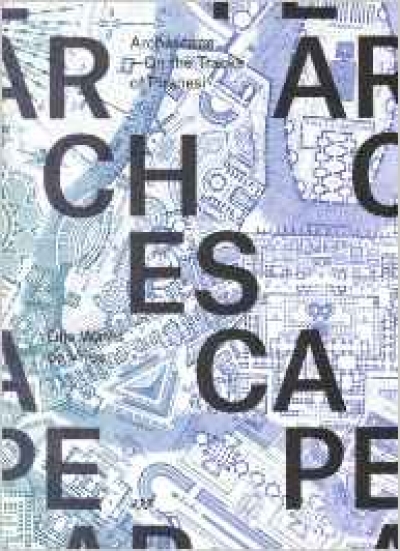
Archescape. On the tracks of Piranesi
What might Gianbattista Piranesi (1720-1778) contribute to today's architectural debate? Could his vision of a pensile city inspire the city of tomorrow? Archescape is a new concept based on a reading of Piranesi's Campo Marzio, his sublime reconstruction of ancient Rome. Archescape, a fusion of the words architecture and escape into a new 'scape', addresses two issues: the city flight that tends towards the destruction of what it looks for, and the sprawling urban footprint that is unsustainable and blocks escape. It also conceives a way out: the creation of flight lines inside a dense city. What are flight lines? Can architecture frame them? Do they avoid the fatalities that affect the longing for escape? Could they minimize the impact on the earth while maximizing the contact with nature?
The book consists of three parts: a manifesto, a treatise, and a reverie.











